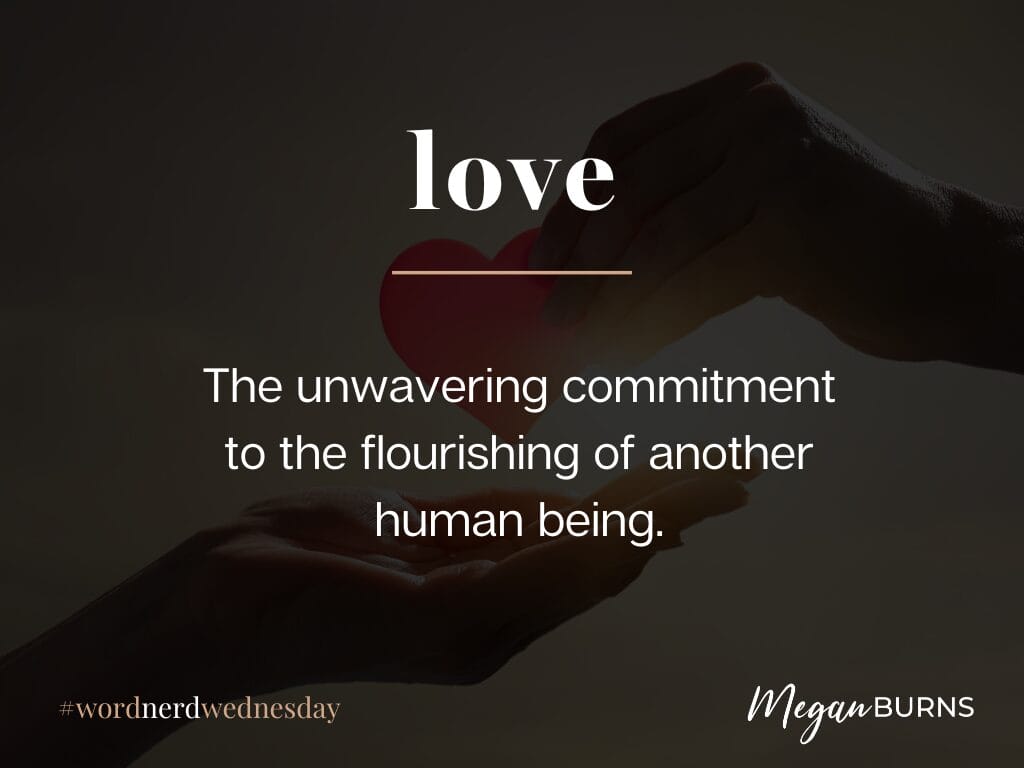Last month, I found an HBR article called “The Business Case for Love.”
Spoiler alert: it’s not about the roughly $25 billion experts think people will spend on Valentine’s Day in 2024*. The article is about the difference in economic value between customers who are “satisfied” and those who say they LOVE a company or its products and services.
The piece defines love as: “The unwavering commitment to the flourishing of another human being.” Apply that to business, and you get “customer love” defined as:
“An unwavering commitment to the flourishing of an organization, especially the people who make up that organization.”
I like it.
That definition matches what I hear from my clients’ most loyal customers – and my own. They’re happy with the products, services, and experience AND genuinely rooting for the entire organization to do well.
Love makes customers spend time giving feedback when they have more than enough of their own work to do. It compels them to be radically candid about where you’re not doing well and how to do better. And it makes them forgive you after a bad experience or two – unless those bad experiences become the norm.
How do you measure “customer love?”
Counting how often customers use the word “love” via text and voice analytics is a no-brainer.
Tools that assess emotion based on tone of voice and facial expressions are also a good option. They were still new when I first wrote about emotion ten years ago but are more mainstream now.
What about surveys?
The article suggests that customers who rate something 5 out of 5 express a degree of “love” that the 4s do not. I disagree; “Love” implies an intensity not captured by a one-point difference.
My friends at Bain have made “customer love” the core concept of their third NPS book, Winning on Purpose, and while I haven’t read it yet, the idea that love is what sets a Promoter apart from a Passive seems sound.
Still, though, the NPS question is one step removed from the raw emotion. It asks what someone will likely DO, not explicitly how they FEEL.
We did this when we designed the “Emotion” component of the CX Index in 2014, and I still think it’s the best way for anyone looking to incorporate love into their survey.
Remember to measure love in the other direction, too. Customers need to feel LOVED before they can love you in return.
In life and business, love is always a two-way street.
*Source National Retail Foundation 2024 Valentine’s Day Spending Study.



